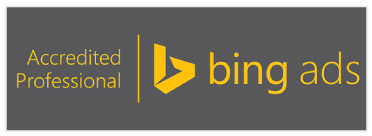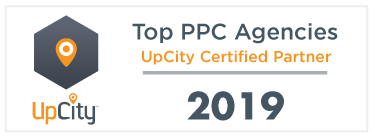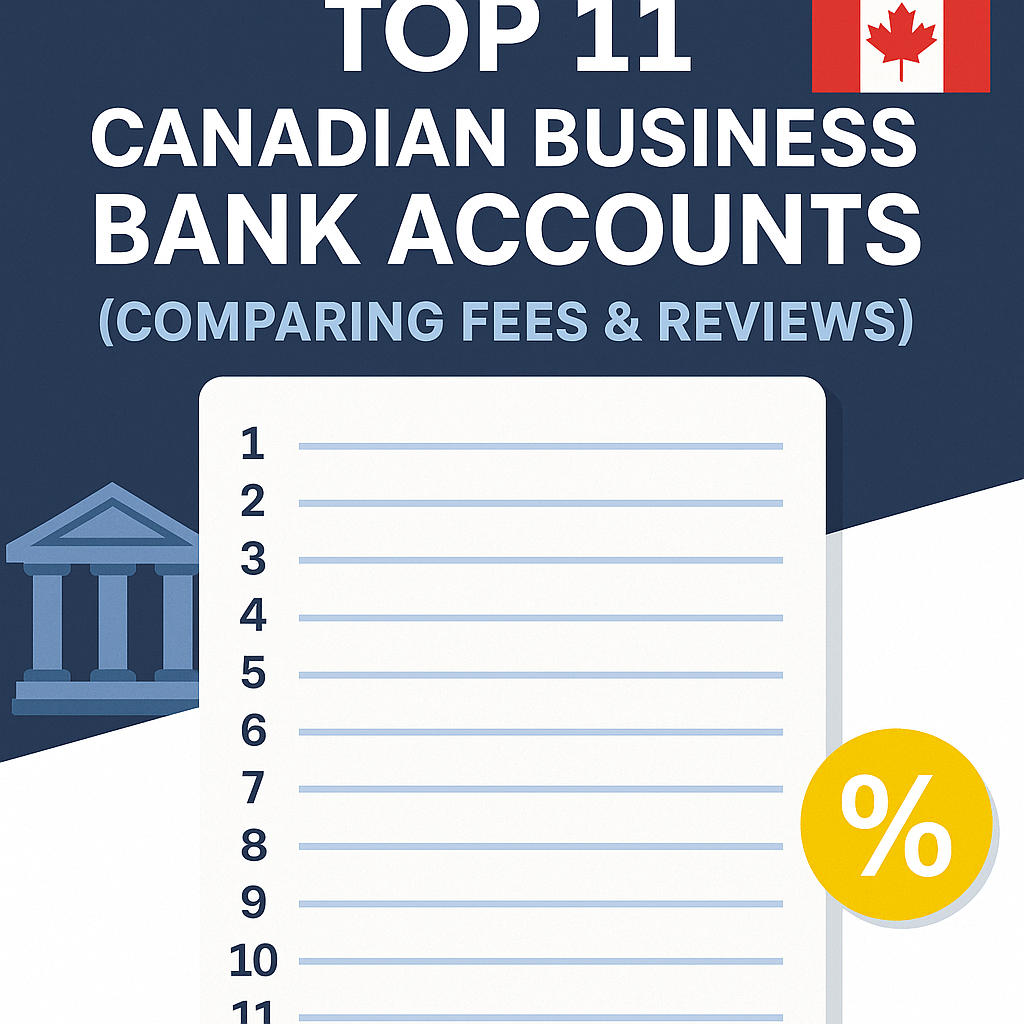GOOGLE ADS MANAGEMENT
ALL SERVICES- GRAPHIC DESIGN & BRANDING
➥ WEBSITE DESIGN TORONTO
➥ TORONTO LOGO DESIGN
➥ BROCHURE GRAPHIC DESIGN
➥ INFOGRAPHIC DESIGN
➥ BUSINESS CARD DESIGN
➥ PACKAGE DESIGN TORONTO
➥ ILLUSTRATION DESIGN
➥ ADVERTISING POSTER DESIGN
➥ BRANDING STRATEGY & SERVICES- ➤ VIEW ALL SERVICES
WEB DEVELOPMENT & SUPPORT
➥ CUSTOM WEB DESIGN TORONTO
➥ ECOMMERCE WEBSITE DESIGN TORONTO
➥ WEBSITE MAINTENANCE SERVICES
➥ SHOPIFY WEBSITE DESIGN
➥ SHOPIFY EXPERTS TORONTO
➥ WORDPRESS DEVELOPMENT
➥ WORDPRESS MAINTENANCE- ➤ VIEW ALL SERVICES
WEBSITE MARKETING & CONTENT
➥ SEO PACKAGES TORONTO
➥ TORONTO SOCIAL MEDIA AGENCY
➥ CONTENT MARKETING TORONTO
➥ PPC MANAGEMENT TORONTO
➥ AFFILIATE MARKETING CANADA
➥ STRATEGIC CONSULTATION- ➤ VIEW ALL SERVICES
ABOUT
RESOURCES- LET’S CHAT
Questions? Call us at
647-348-4995

GOOGLE ADS MANAGEMENT
ALL SERVICES- GRAPHIC DESIGN & BRANDING
➥ WEBSITE DESIGN TORONTO
➥ TORONTO LOGO DESIGN
➥ BROCHURE GRAPHIC DESIGN
➥ INFOGRAPHIC DESIGN
➥ BUSINESS CARD DESIGN
➥ PACKAGE DESIGN TORONTO
➥ ILLUSTRATION DESIGN
➥ ADVERTISING POSTER DESIGN
➥ BRANDING STRATEGY & SERVICES- ➤ VIEW ALL SERVICES
WEB DEVELOPMENT & SUPPORT
➥ CUSTOM WEB DESIGN TORONTO
➥ ECOMMERCE WEBSITE DESIGN TORONTO
➥ WEBSITE MAINTENANCE SERVICES
➥ SHOPIFY WEBSITE DESIGN
➥ SHOPIFY EXPERTS TORONTO
➥ WORDPRESS DEVELOPMENT
➥ WORDPRESS MAINTENANCE- ➤ VIEW ALL SERVICES
WEBSITE MARKETING & CONTENT
➥ SEO PACKAGES TORONTO
➥ TORONTO SOCIAL MEDIA AGENCY
➥ CONTENT MARKETING TORONTO
➥ PPC MANAGEMENT TORONTO
➥ AFFILIATE MARKETING CANADA
➥ STRATEGIC CONSULTATION- ➤ VIEW ALL SERVICES
ABOUT
RESOURCES- LET’S CHAT
Questions? Call us at
647-348-4995

GOOGLE ADS MANAGEMENT
ALL SERVICES- GRAPHIC DESIGN & BRANDING
➥ WEBSITE DESIGN TORONTO
➥ TORONTO LOGO DESIGN
➥ BROCHURE GRAPHIC DESIGN
➥ INFOGRAPHIC DESIGN
➥ BUSINESS CARD DESIGN
➥ PACKAGE DESIGN TORONTO
➥ ILLUSTRATION DESIGN
➥ ADVERTISING POSTER DESIGN
➥ BRANDING STRATEGY & SERVICES- ➤ VIEW ALL SERVICES
WEB DEVELOPMENT & SUPPORT
➥ CUSTOM WEB DESIGN TORONTO
➥ ECOMMERCE WEBSITE DESIGN TORONTO
➥ WEBSITE MAINTENANCE SERVICES
➥ SHOPIFY WEBSITE DESIGN
➥ SHOPIFY EXPERTS TORONTO
➥ WORDPRESS DEVELOPMENT
➥ WORDPRESS MAINTENANCE- ➤ VIEW ALL SERVICES
WEBSITE MARKETING & CONTENT
➥ SEO PACKAGES TORONTO
➥ TORONTO SOCIAL MEDIA AGENCY
➥ CONTENT MARKETING TORONTO
➥ PPC MANAGEMENT TORONTO
➥ AFFILIATE MARKETING CANADA
➥ STRATEGIC CONSULTATION- ➤ VIEW ALL SERVICES
ABOUT
RESOURCES- LET’S CHAT
Questions? Call us at
647-348-4995

GOOGLE ADS MANAGEMENT
ALL SERVICES- GRAPHIC DESIGN & BRANDING
➥ WEBSITE DESIGN TORONTO
➥ TORONTO LOGO DESIGN
➥ BROCHURE GRAPHIC DESIGN
➥ INFOGRAPHIC DESIGN
➥ BUSINESS CARD DESIGN
➥ PACKAGE DESIGN TORONTO
➥ ILLUSTRATION DESIGN
➥ ADVERTISING POSTER DESIGN
➥ BRANDING STRATEGY & SERVICES- ➤ VIEW ALL SERVICES
WEB DEVELOPMENT & SUPPORT
➥ CUSTOM WEB DESIGN TORONTO
➥ ECOMMERCE WEBSITE DESIGN TORONTO
➥ WEBSITE MAINTENANCE SERVICES
➥ SHOPIFY WEBSITE DESIGN
➥ SHOPIFY EXPERTS TORONTO
➥ WORDPRESS DEVELOPMENT
➥ WORDPRESS MAINTENANCE- ➤ VIEW ALL SERVICES
WEBSITE MARKETING & CONTENT
➥ SEO PACKAGES TORONTO
➥ TORONTO SOCIAL MEDIA AGENCY
➥ CONTENT MARKETING TORONTO
➥ PPC MANAGEMENT TORONTO
➥ AFFILIATE MARKETING CANADA
➥ STRATEGIC CONSULTATION- ➤ VIEW ALL SERVICES
ABOUT
RESOURCES- LET’S CHAT
Questions? Call us at
647-348-4995
![]()
![]()
![]()

- August 4, 2020
-
Liam Hunt
LinkedIn is one of the fastest-growing social platforms. In Q2 2020, the Microsoft-owned social network’s revenue increased by 24%. Currently, LinkedIn has a user base of over 700 million users, including a list of professional powerhouses such as Bill Gates, Richard Branson, and Arianna Huffington.
If you’re a business-to-business (B2B) marketer, you would be remiss not to establish a strong LinkedIn presence. Better yet, establishing yourself as a LinkedIn influencer can put your brand in front of millions of potential customers and can lead to lasting partnerships with those in your industry.
If you’re an expert or thought leader in your niche (and aren’t too camera shy), then LinkedIn is a golden opportunity for you. Becoming an influencer is significantly less competitive than on larger platforms such as Instagram. In this article, I’ll show you how to become a LinkedIn influencer and optimize your content for the LinkedIn algorithm.
Step 1: Optimizing Your Profile
The first step in becoming a LinkedIn influencer is to craft a professional profile that highlights your industry experience and credentials. In doing so, it’s equally important that you add some personal flair so you stand out in the crowd and separate yourself from the pack of influencers and thought leaders in your market.
Perform an audit of your LinkedIn profile by running through the following checklist:
- Update your profile photo: Use a professional headshot that isn’t too old or outdated.
- Update your summary: The next-most important aspect of your profile is your summary, which is the text box at the top of your profile. In one or two paragraphs, use this space to tie your position into the “big picture”, show pride in what you do, and showcase your skills and defining moments in your career.
- Customize your public profile URL: In the “Public profile settings” tab, edit your custom URL so that your profile is linked to an address of your choosing (e.g., “www.linkedin.com/in/yournamehere”)
- Upload a cover photo: A complete profile requires a professional cover photo using the recommended photo size (1,584×396 pixels) with a maximum file size of 4mb. Use your cover photo to display yourself “in the field”, such as speaking at a conference or guiding a workshop.
Step 2: Create Value-Oriented Content
Once you have a superstar profile, you need to create content to match. Your content is the lifeblood of your influencer status—unless you can product valuable, original content, your rockstar profile won’t get you very far.
First, devise an audience persona so you know exactly who you’re writing for. This way, you can directly address their needs, solve their pain points, and appeal to their interests. Not only with this help with selecting the language and personality used in your content, but will also assist with creating targeted ads.
The next step is to see what content already exists in your niche—from other LinkedIn influencers, bloggers, and vloggers—and to improve it. If you can create more valuable content than your competitors, then you’re much more likely to win over a share of their followers.
Make your content authoritative. Cite research and data from reputable sources, put together infographics, conduct first-hand interviews, and make your branded content more visually appealing than your competitors. Don’t cut corners. Go above and beyond to make your content the best in its niche.
Step 3: Diversify Your Content Output
LinkedIn influencers have a standard formula for their text-based posts. If you’ve spent any time on the platform, you can probably recognize it (e.g., “A lot of you have recently asked me about […] Agree?”). Many LinkedIn users are tired of seeing the same generic text posts that copy bland, line-by-line formatting.
To stand out from the crowd, vary your content output. Incorporate a variety of formats in your LinkedIn posts, including:
- Landscape photos (approx. 1200×600 pixels)
- Portrait photos
- Infographics
- GIFs
- Memes
- Full-length blog posts
- Videos (with subtitles)
Posting varied content will help maintain your followers’ attention over time. If you post the same generic text posts or status updates, you might find that your engagement will drop as followers become fatigued by the monotony of your content.
To save yourself some time and energy, consider hiring infographic design services to outsource the creation of engaging branded content. This way, you can focus on networking, promotion, and other tasks that are equally important to your success on LinkedIn.
Step 4: Use Hashtags to Your Advantage
Like Twitter and Instagram, LinkedIn uses hashtags to connect users with content topics that match their interests. Hashtagging all your content will make it more discoverable to users and, if the post picks up traction, may cause it to “trend” within a particular hashtag and appear unsolicited in users’ feeds.
Include no more than five hashtags per piece of content. If you go overboard with hashtags, LinkedIn may flag your content as spam. For best results, use a variety of popular, high-traffic hashtags (e.g., #marketing) as well as more niche, lower-traffic ones (#digitalmarketinghacks).
Step 5: Curate Your Content
You don’t have to post original content to LinkedIn every day, but you should try to maximize the number of times you post in a week. If you’re having trouble finding the time to create content for every day of the week, consider posting curated content out of existing content.
For example, you can turn a guest appearance on a podcast into a 30-second video, a full-length blog post into a quote to post on your status, or a video clip that can be turned into a GIF. Recycling your old content in a new medium is an excellent way to maximize the value and lifespan of your original material.
It also helps to post to LinkedIn at times when your content is most likely to trend. LinkedIn sees the most engagement during business hours on weekdays, and between 8 and 9 am (Eastern Standard Time) on Saturdays.
Source: SproutSocial
Step 6: Network and Self-Promote
Don’t expect your LinkedIn content to go viral overnight, or your profile to flood with new followers in a matter of days or weeks. Knowing how to become a LinkedIn influencer won’t get you far unless you’re willing to get your hands dirty and network, advertise and self-promote.
Engage with content put out by other influencers within your industry and start building digital relationships with other relevant LinkedIn personalities. To boost exposure to your content, you can also run targeted ads that promote your content in users’ feeds.
Writing an email newsletter is a fantastic option for building a dedicated following. Similarly, bringing in cross-platform followers from Instagram, Twitter, or YouTube can provide your LinkedIn with the boost it needs to compete with the top influencers in your niche.
Ultimately, you’re unlikely to achieve influencer status on LinkedIn unless you win over the trust of users in your niche or industry. Engaging with, sharing, and commenting on other users’ posts is the fastest way to establish yourself as a trusted authority on LinkedIn—just remember to keep your comments professional and insightful.
A Final Word
There are a few common traits among virtually all LinkedIn influencers: creativity, consistency, and a tenacious work ethic. To find success as an influencer on LinkedIn, you have to play the long game and work hard at creating the best original content within your niche.
As the platform nears one billion active users, competition for attention has never been more intense on LinkedIn. If you want to know how to become a LinkedIn influencer, you better be prepared to put out engaging, value-oriented information on a regular basis.
No pressure, right? Fortunately, you can hire professional social media management to build your LinkedIn profile and create content on your behalf. Contact us today for a free consultation and see for yourself how our team can accelerate the growth of your personal brand.
Liam Hunt, M.A., is a writer and digital marketing specialist whose writing has appeared in the Vancouver Sun, Asia Times, and US News and World Report.
RECENT POSTS
- Top 11 Canadian Business Bank Accounts (Comparing Fees & Reviews)
- PolicyMe – Legit Canadian Insurance Policy? Let’s Review…
- 10 Small Business Loans & Financing Options in Ontario
- Top 8 Small Business Insurance Providers in Canada (2025)
- SCAM ALERT: How a Fake Google Ads Inquiry Nearly Got Us (And How to Protect Yourself)

Ready to chat about how Little Dragon Media can enhance your business?
Call us now at 647-348-4995 or

OUR AWARDS & CERTIFICATIONS






WHAT OUR CLIENTS ARE SAYING



Little Dragon Media's professionalism and commitment to delivering excellence are truly commendable. I highly recommend their services... Thank you for your stellar work!
- Delna Bharucha

Little Dragon Media worked on developing our logo and website. They did an absolutely AMAZING job on both projects. These guys ROCK and you won't be disappointed.
- Sonia Nutt

My team had a great experience working with Little Dragon Media. We will certainly engage with Little Dragon Media for any additional projects in the future. Highly recommend!
- Carly Rooney



- 682A St-Clair West Toronto, ON M6C 1B1
- (647)-348-4995
- info@littledragon.ca
MOST POPULAR SERVICES
RECENT POSTS
GET MORE CLIENTS
Don't let your competitors take over. We'll help you climb to the top and get more clients.



- 682A St-Clair West Toronto, ON M6C1B1
- (647)-348-4995
- info@littledragon.ca
MOST POPULAR SERVICES
RECENT POSTS
GET MORE CLIENTS
Don't let your competitors take over. We'll help you climb to the top and get more clients.

Contact | Press Mentions | Privacy Policy | Terms of Service
© 2024 Little Dragon Media. All Rights Reserved.







Pingback: Optimizing Influencer Marketing: How to Maximize the Value of Your Influencer Marketing Strategy